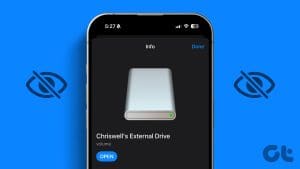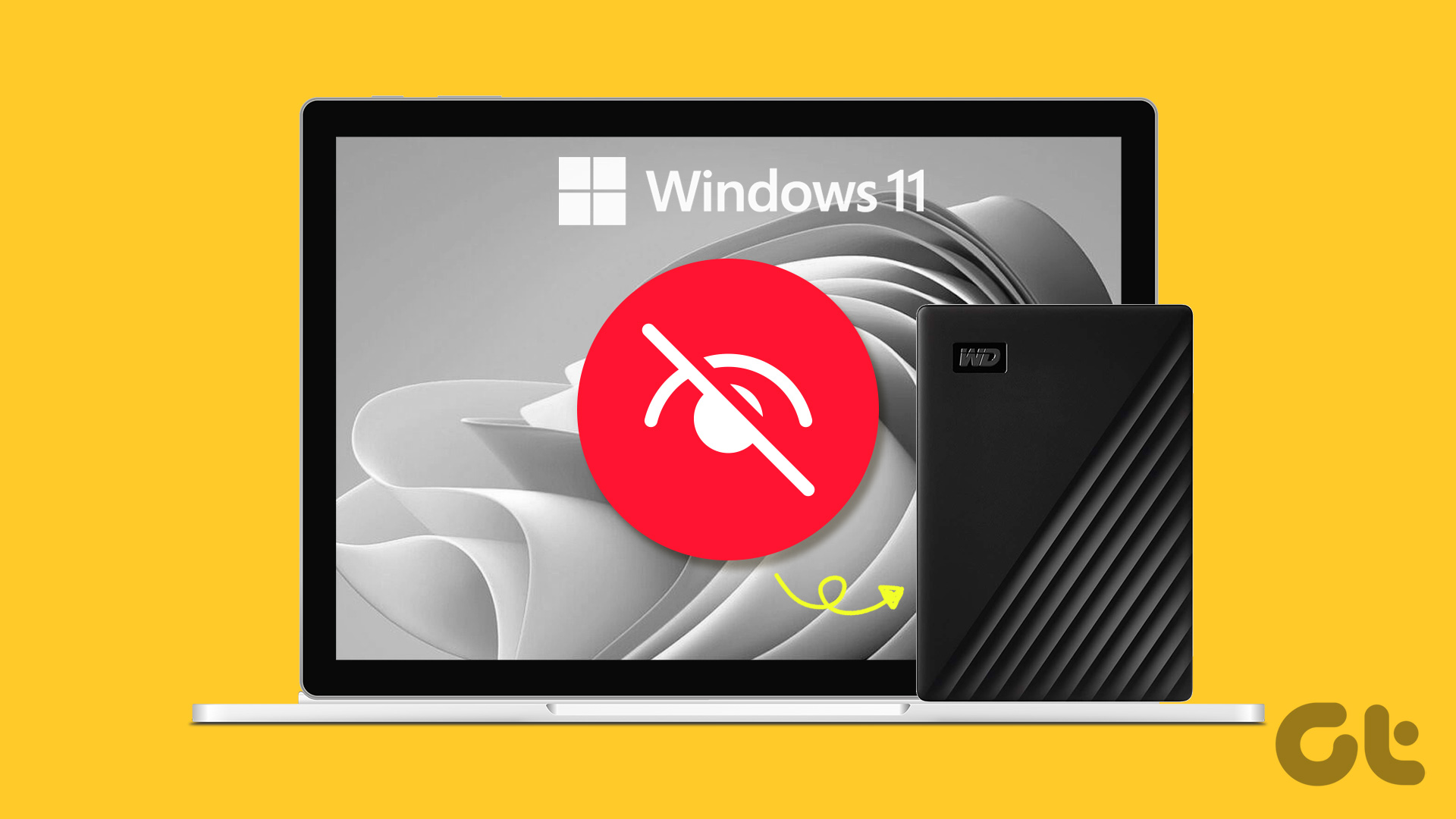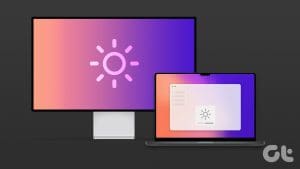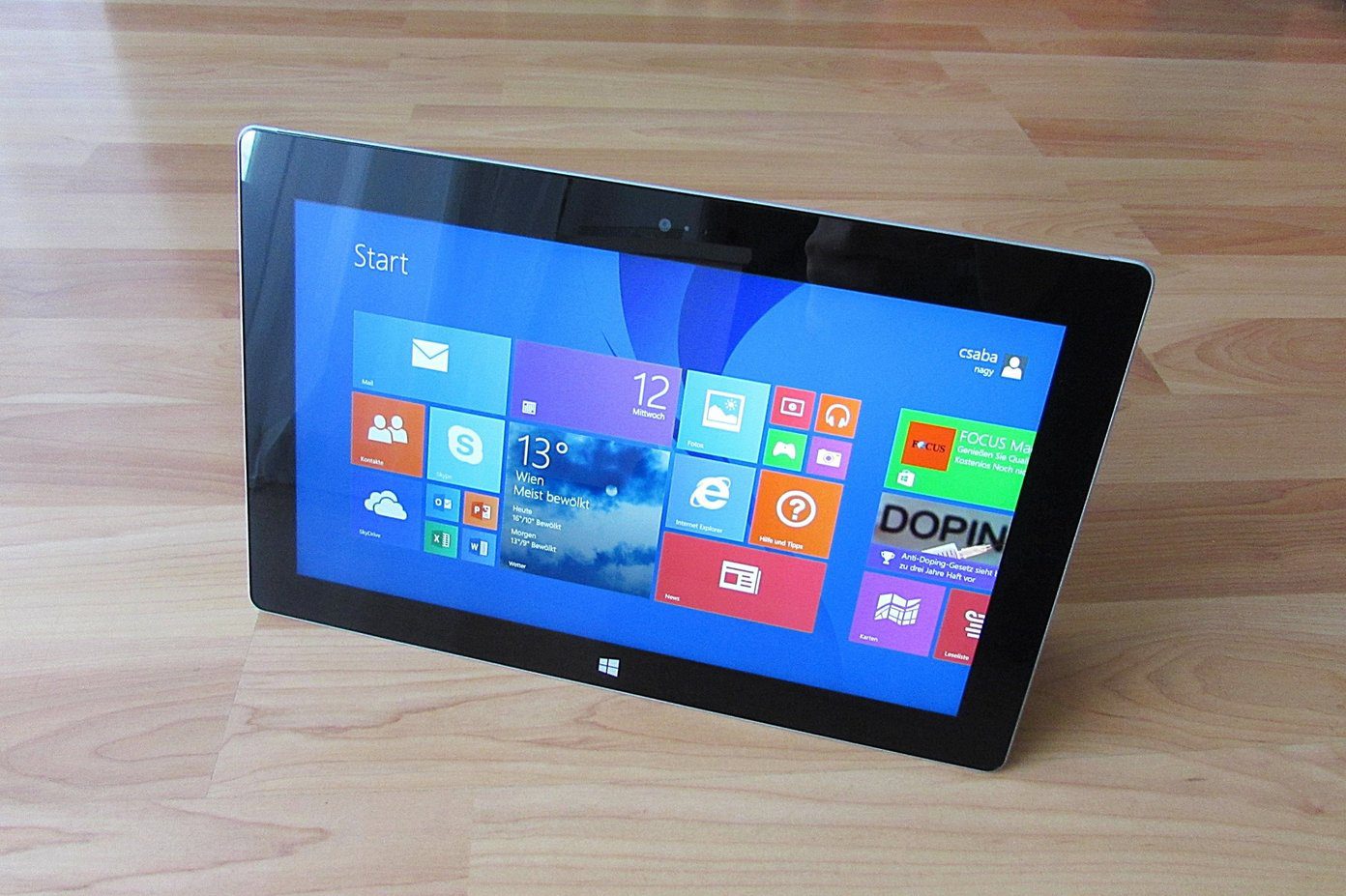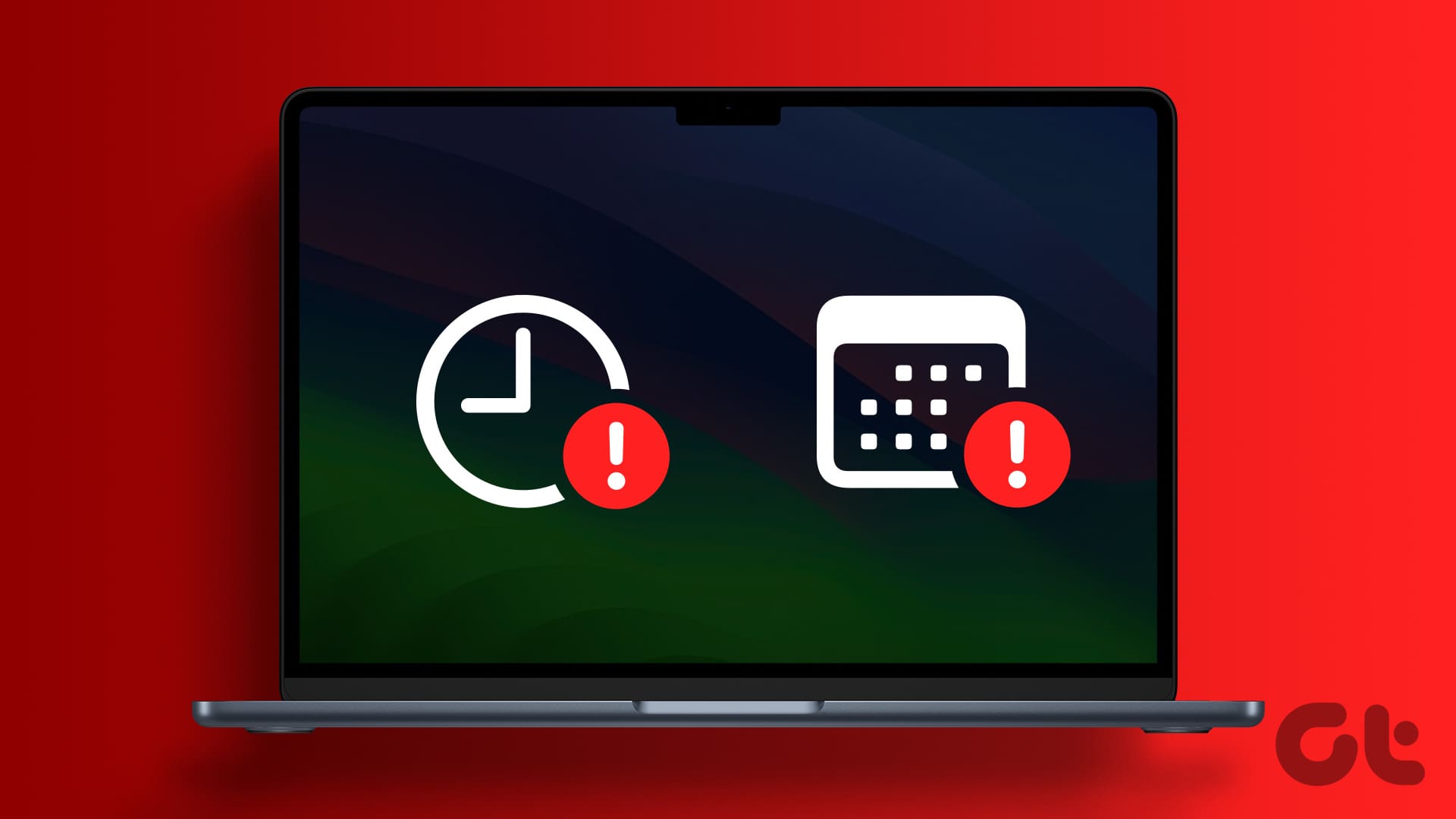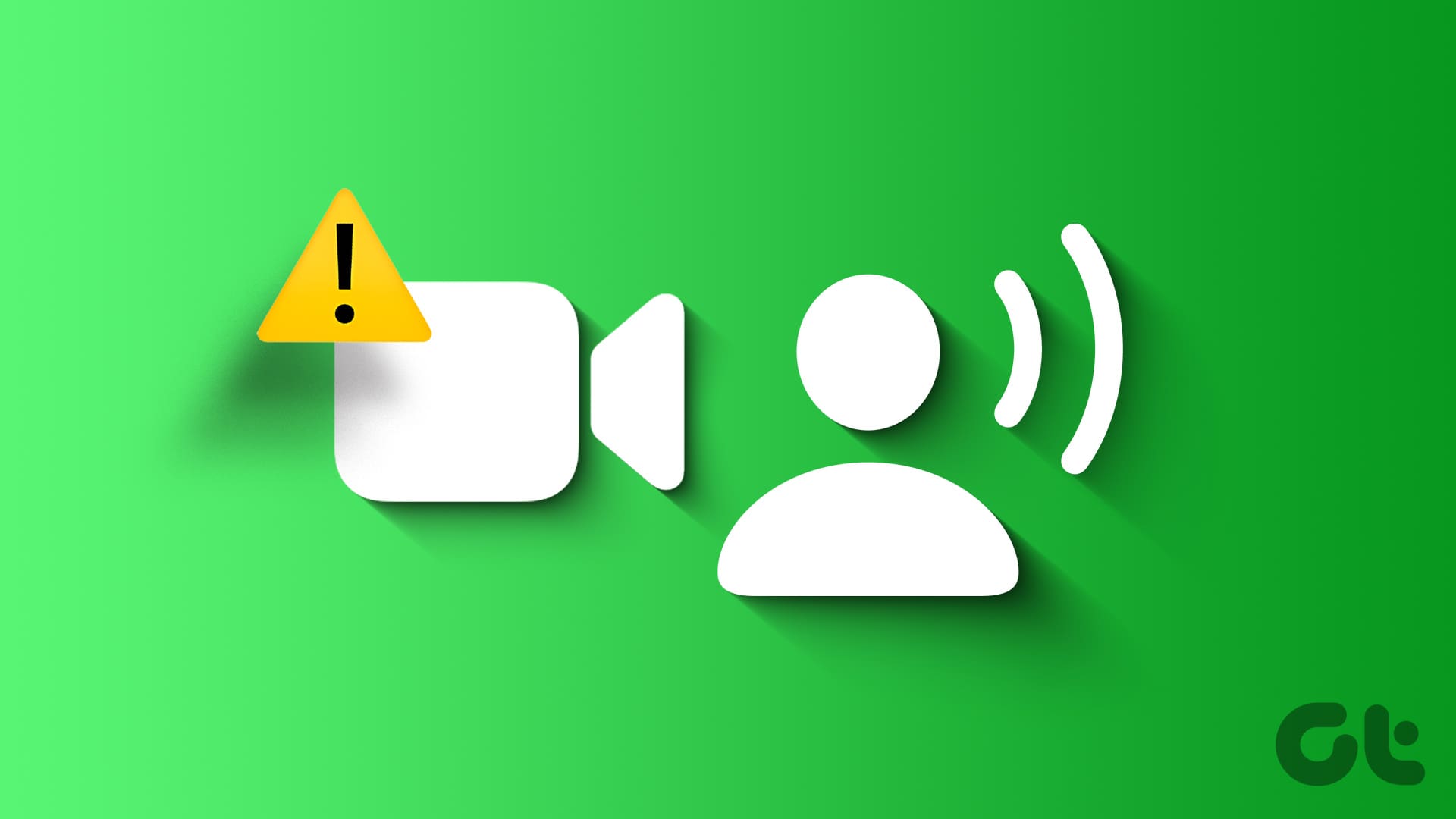Apple MacBooks house SSD storage, which is fast but limited in terms of size. Buying a MacBook with more space costs a lot. That’s why most Mac users rely on external drives to store data. However, what if your external drive does not show up on your Mac suddenly?

Usually, the external drives like hard disks, portable SSDs, or USB drives should show up on your Mac’s desktop within a few seconds of connecting them. But if you can not get your external drive to show up on your Mac, try these fixes.
1. Check Dongle and USB Connection
Double-check if your Mac’s USB port is working properly. If the external drive isn’t connecting and is showing a problem, try to attach it to other laptops and see if it works. You may also try to plug your external hard drive into another USB port.
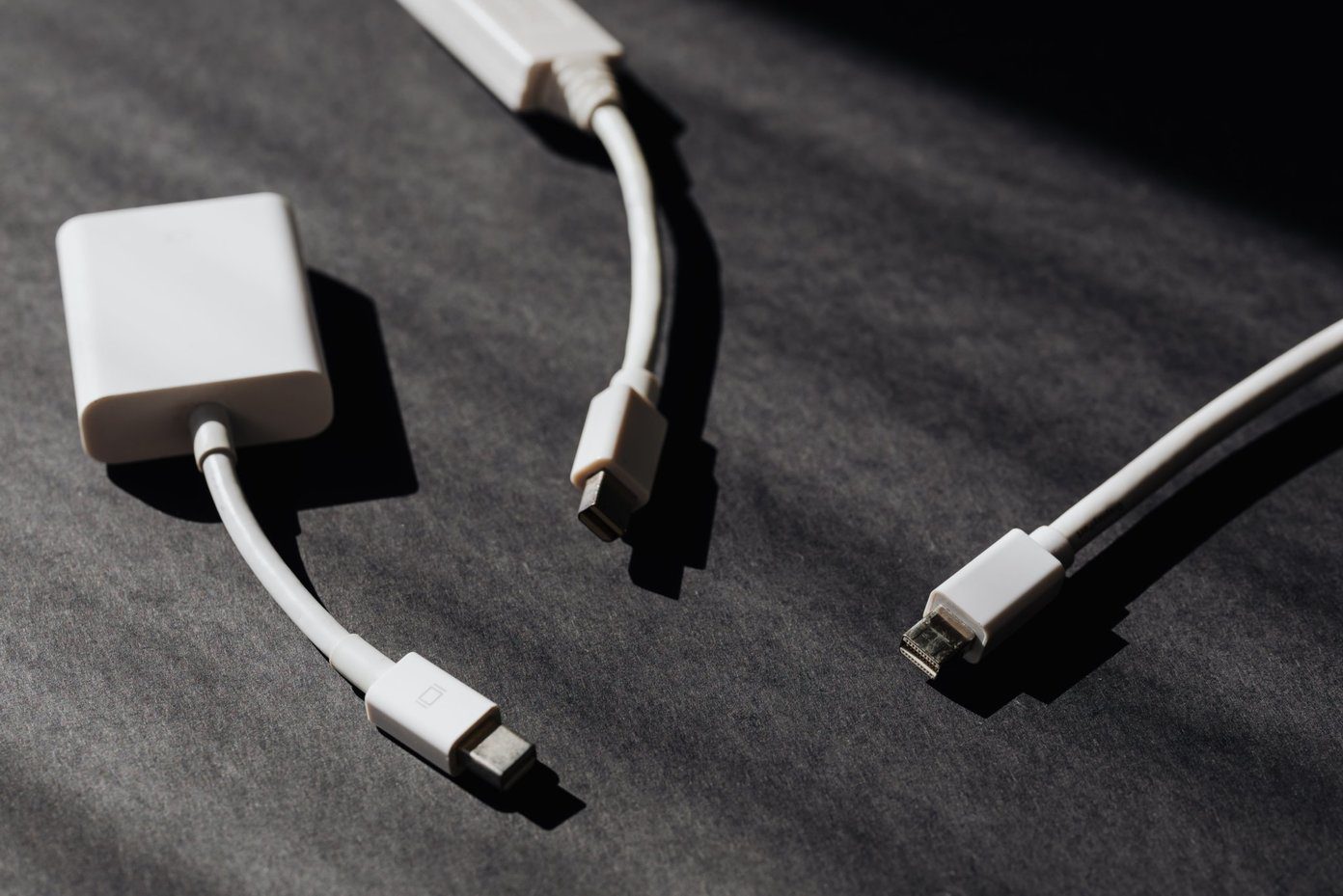
Newer Apple MacBooks come with USB Type-C ports, which require a dongle to connect to the traditional USB-A external hard disks. You may try to attach other drives or computer peripherals to check if the dongle is working or not.
You can check if the USB port of your Mac is faulty by going into System Report. Click the Apple icon on the top left, and select About This Mac, and then click on System Report. Then, in the left window pane, under the hardware sub-section, click on USB and check if it detects the external hard disk. If it does, it should show up something like this.

2. Enable Visibility of External Disk
One of the reasons your Mac might not display your external drive is the Finder’s settings. You can enable the Finder to detect the external drives, by following these steps:
Step 1: Go to Finder, and on the top left, click on Preferences.
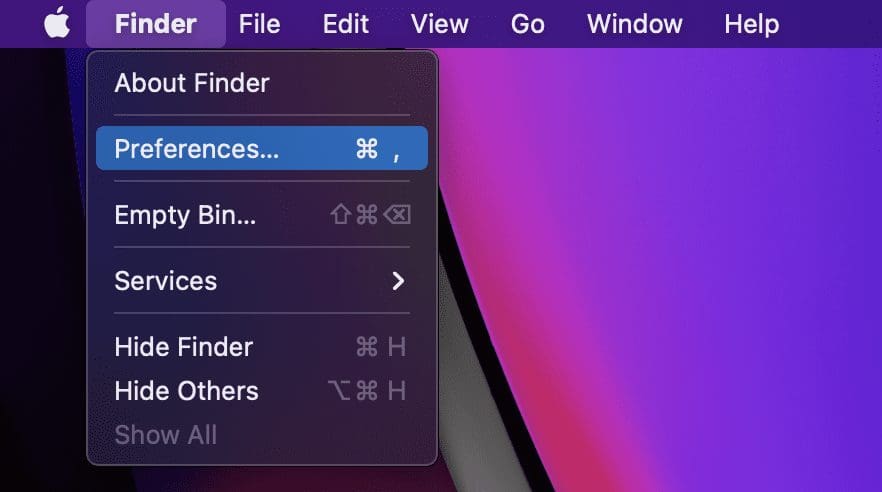
Step 2: Under the Show these items on the desktop, make sure the Hard disks and External disks options are enabled.
Step 3: Now, click on the third tab, Sidebar.
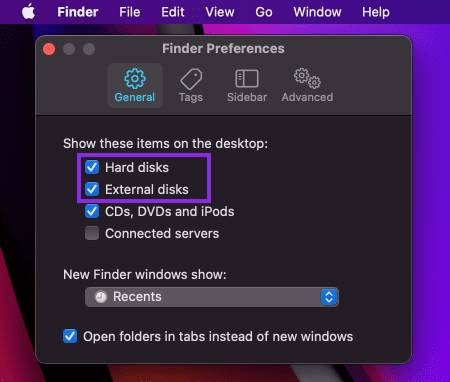
Step 4: Make Hard disks and External disks options are enabled under the Show these items in the sidebar setting.
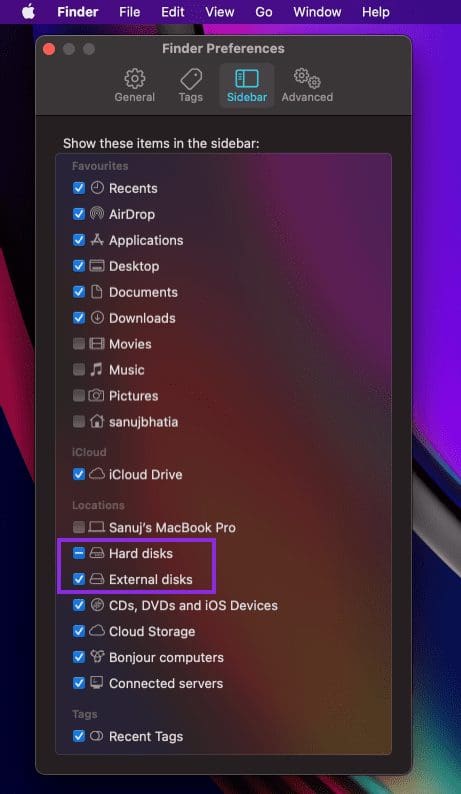
3. Update macOS
Try updating to the latest version of macOS, and see if the issue is fixed. Sometimes, the issue can be related to the cache of the Finder, and updating the macOS resets the cache and might fix your connectivity problem. To update macOS, follow these steps.
Step 1: Go to the Apple menu and click on About This Mac.
Step 2: Now click on Software Update.
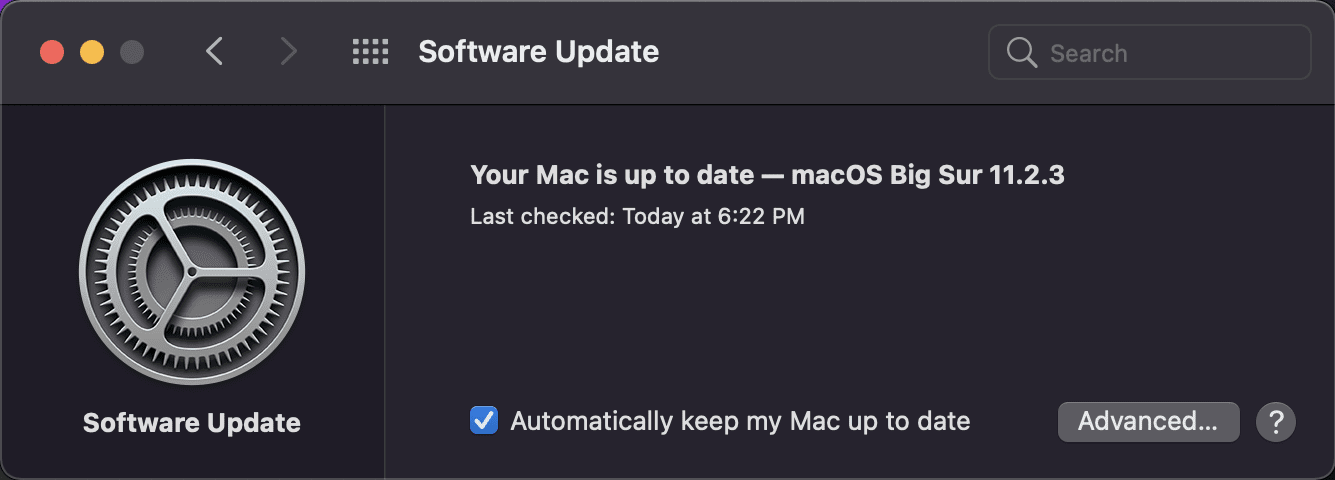
Step 3: Your Mac should automatically check for an update. Install the latest version available.
4. Reset your Mac’s NVRAM and SMC
Resetting NVRAM is an effective way of troubleshooting your Mac. This small storage saves the settings of your computer while power is turned off. Resetting NVRAM might prove to be helpful to get your Mac to recognize the external drives.
To reset NVRAM, reboot your Mac. Before you hear Mac’s startup sound, simply press and hold Option + Command + P + R on your keyboard for about 20 seconds. The action will reset both the NVRAM and PRAM.

In certain circumstances, resetting the System Management Controller (SMC) might also prove to be useful. To reset SMC, press and hold Control + Option + Shift on your keyboard for about 7 seconds. After 7 seconds, press and hold the Power button. Now press the Power button again to turn on your Mac, which would take a little time.
5. Repair the External Drive Using Disk Utility
Sometimes, the file system of the external drive may be damaged. Disk Utility is an in-built tool provided by Apple to fix such things. Disk Utility’s First Aid feature helps in mounting the unrecognized external drive.
Step 1: Launch Disk Utility on your Mac.
Step 2: If the external drive you want to connect is listed in gray, click on it.
Step 3: Now, click on the First Aid tab from the top pane and click on Run.
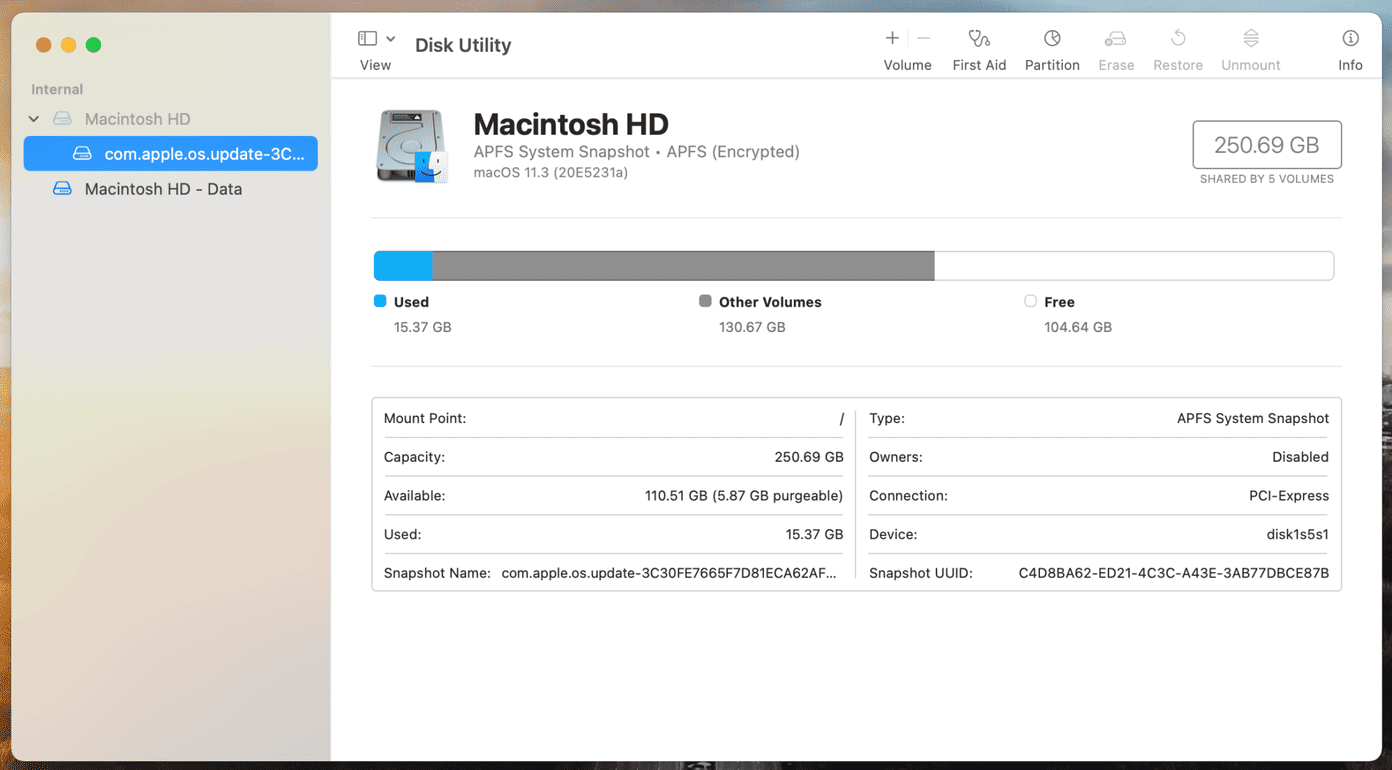
Step 4: Wait for the process to complete.
The external drive should mount automatically if it’s repaired. If it’s not, you can try mounting the external drive in Safe Mode. If it doesn’t mount even then, you can try resetting your drive.
6. Attach the External Disk in Safe Mode
There could be an application that’s stopping your external drive from mounting to the system. There are such apps that hinder the USB connectivity of the Mac, and if that’s the case, you can try mounting the external drive to your Mac in the Safe Mode.
Step 1: Shut down your Mac.
Step 2: Press the Power button, and now press the Shift key immediately after you hear Mac’s startup sound.

Step 3: Release the Shift key as soon as you see the progress indicator.
Now you’ll notice that your Mac has started in a Safe Mode. If you’re able to see your external drive in the Safe Mode, it means that the application you installed recently is hindering the drive, and you should uninstall that program.
7. External Drive Is Detected As Read-Only
If you’re able to see the external drive attached to your Mac but cannot copy contents to it, the chances are that the drive you’re trying to write is in NTFS format. NTFS format is proprietary to Microsoft Windows.
NTFS drives are readable on macOS, but you cannot write data on it. To write on an NTFS disk on your Mac, you need to install third-party NTFS software to easily write and read data from it.
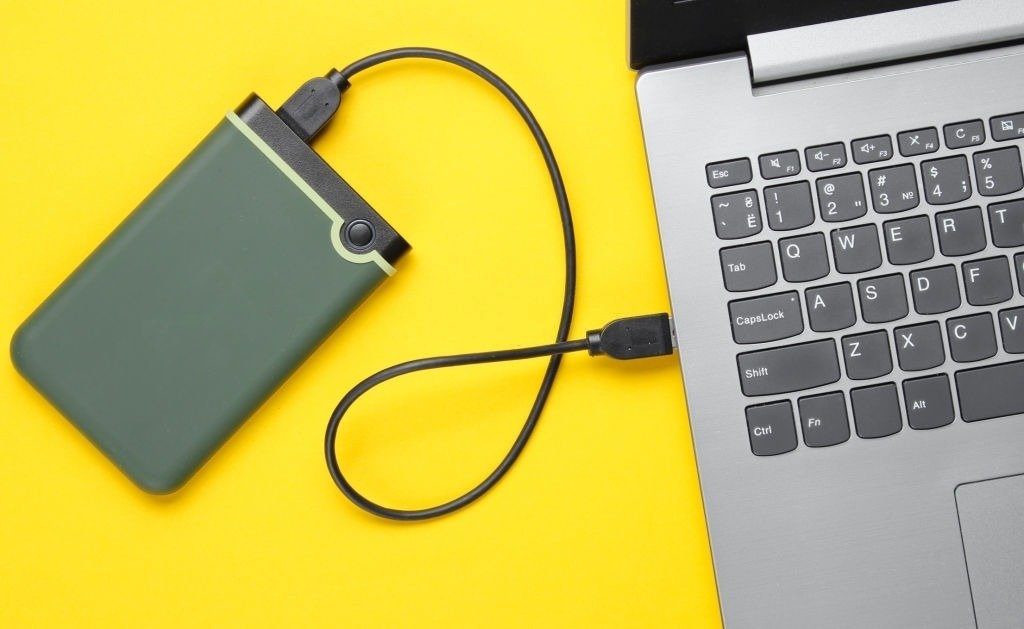
If you don’t want to install third-party software, you can format the external drive into universal formats like FAT32 or exFAT that are readable and writable by all operating systems. However, you won’t be able to copy individual files larger than 4GB.
8. Format Your External Drive
In case none of the options work out for you, it may be the case that the data on your external drive is corrupt. You can try erasing your external drive in such cases. To erase your external drive, follow these steps.
Step 1: Open Disk Utility on your Mac.
Step 2: Select the drive that you want to erase from the sidebar.
Step 3: Now select Erase from the top pane.
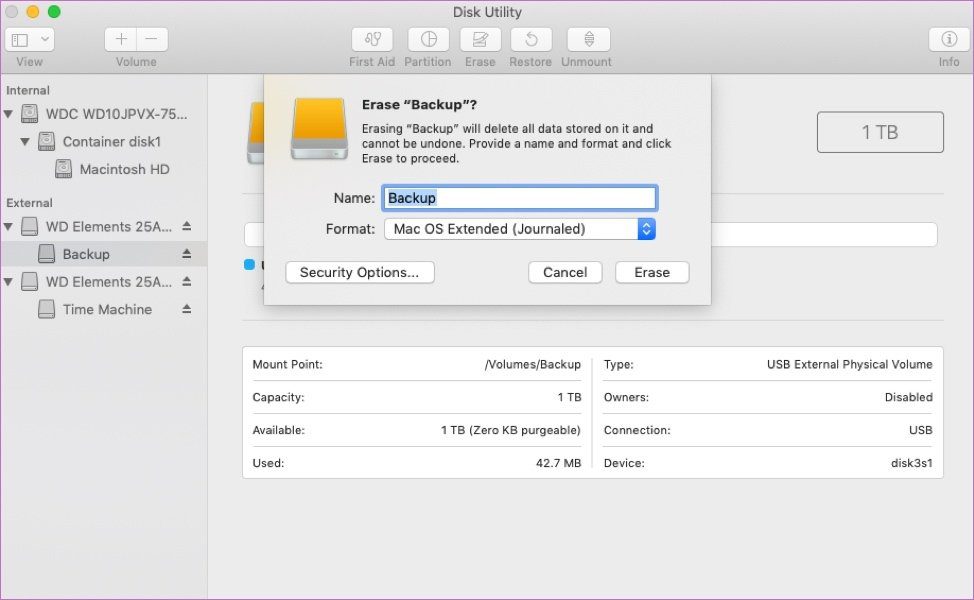
Step 4: Give your external drive a name and select the appropriate format.
Step 5: Click on Erase, choose the relevant Format, and let the process finish.
Troubleshoot External Drive Issues on Mac
When an external disk is not showing up on your Mac, you can follow the solutions mentioned above. While they can be helpful, we recommend backing up important data on your external drive.
Next up: Are you facing problems with AirDrop not working on Mac? Read the post below to learn how to troubleshoot the issue.
Was this helpful?
Last updated on 13 July, 2021
The article above may contain affiliate links which help support Guiding Tech. The content remains unbiased and authentic and will never affect our editorial integrity.


